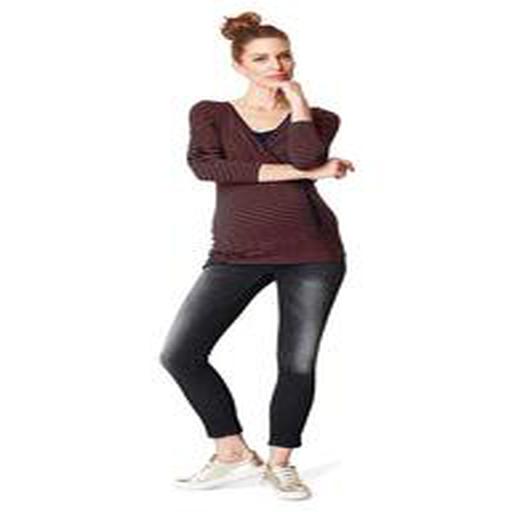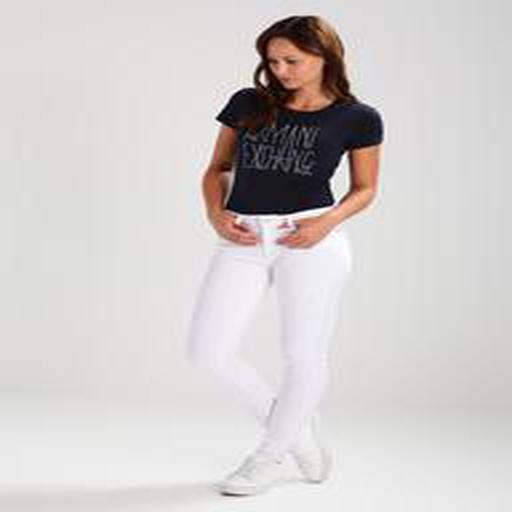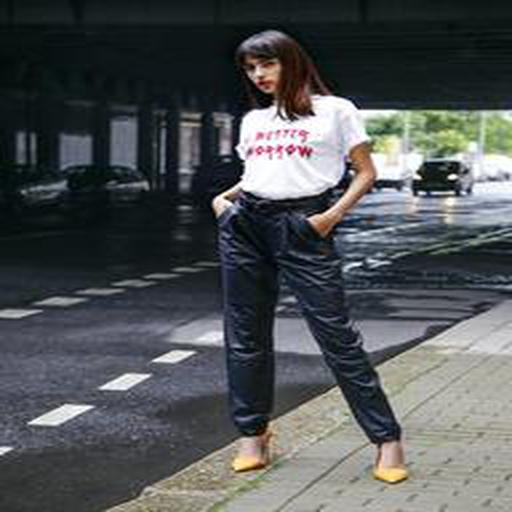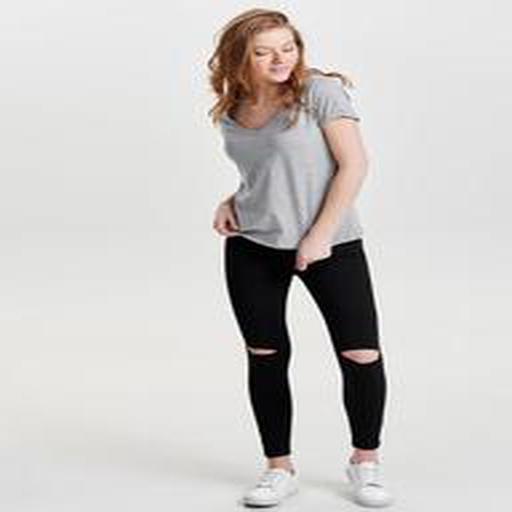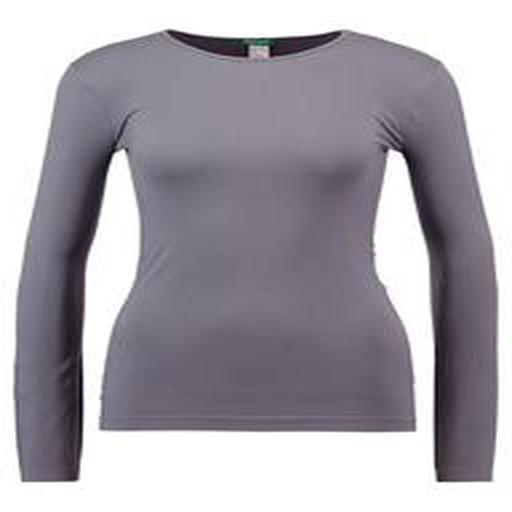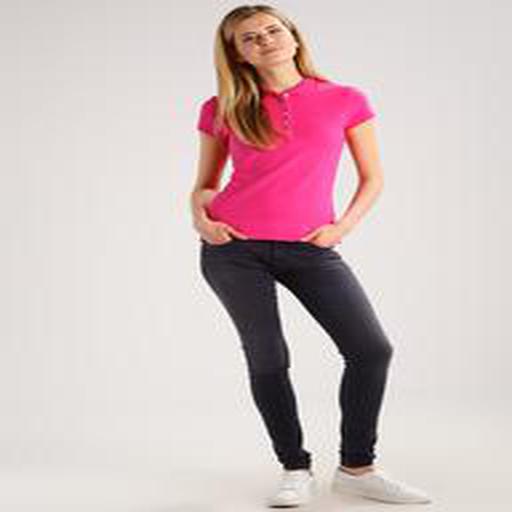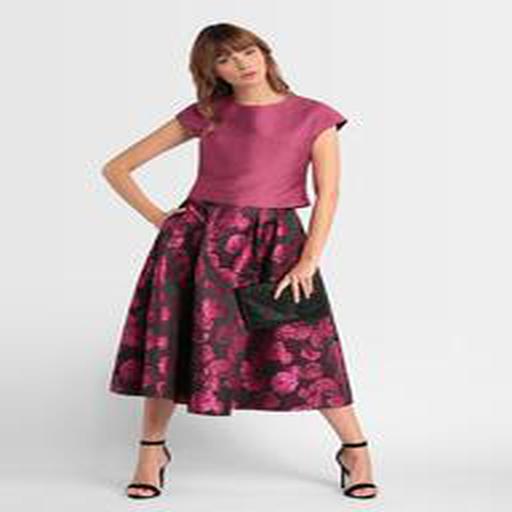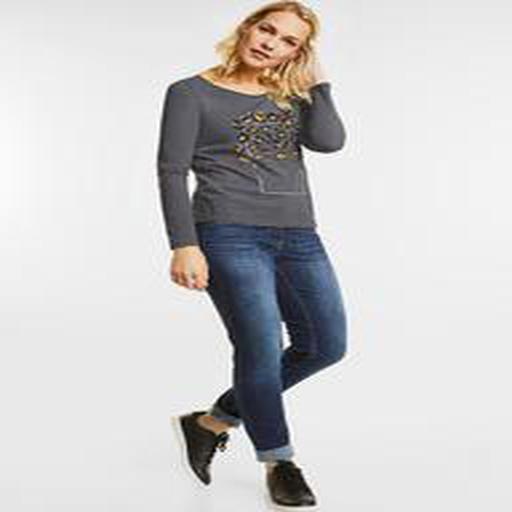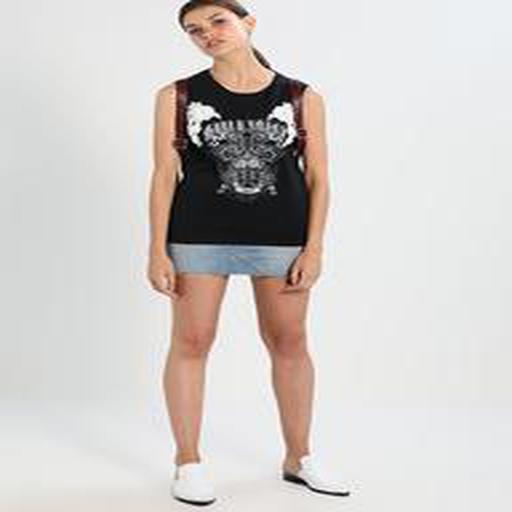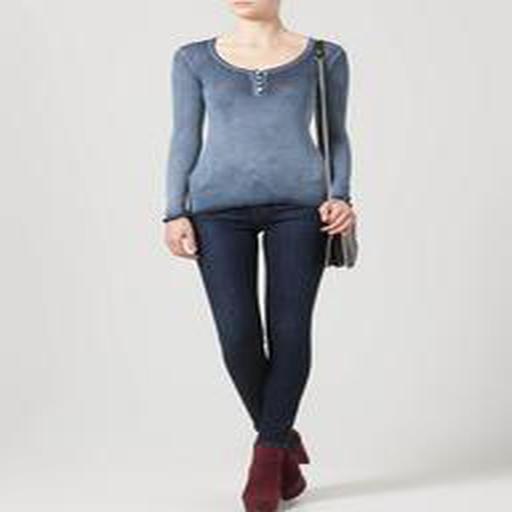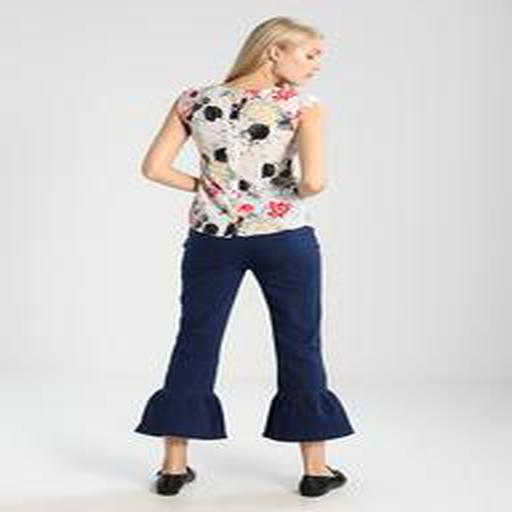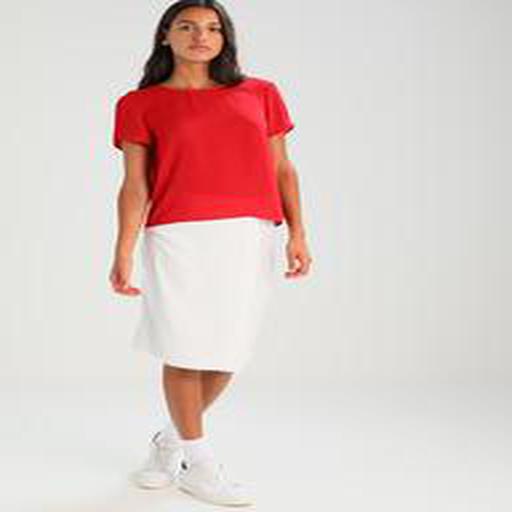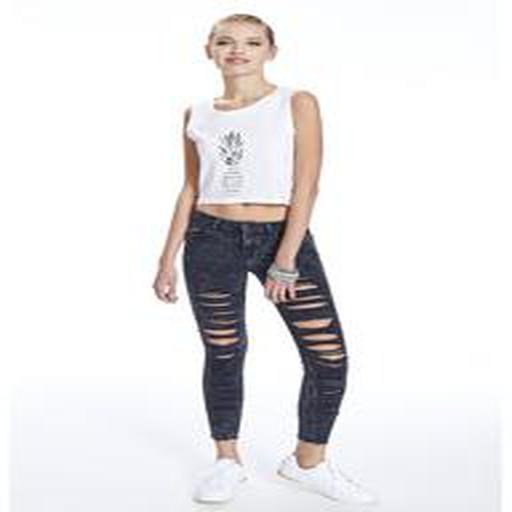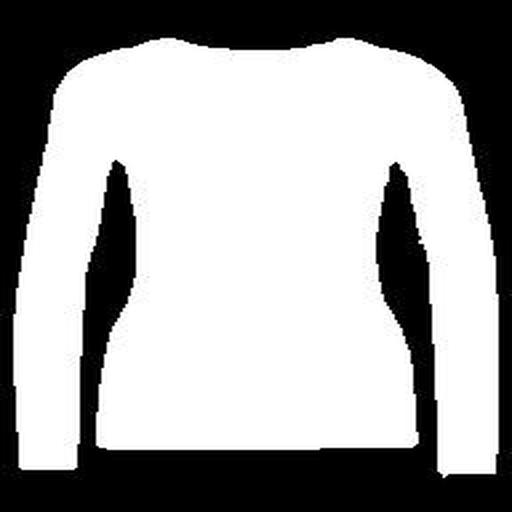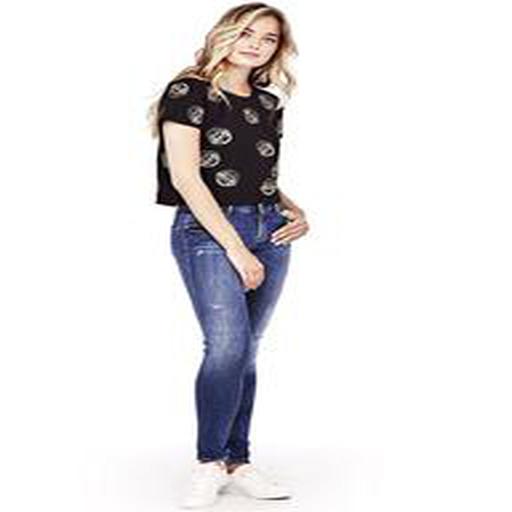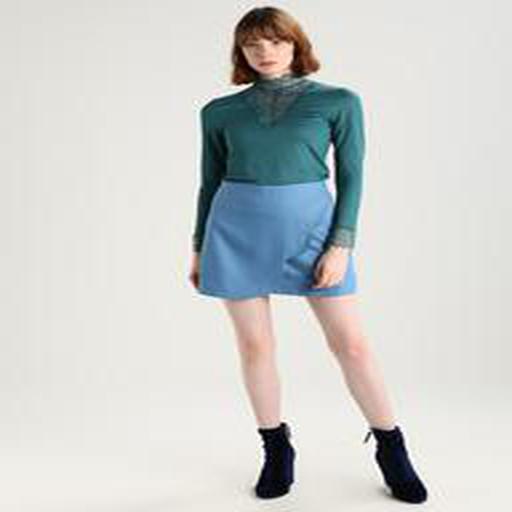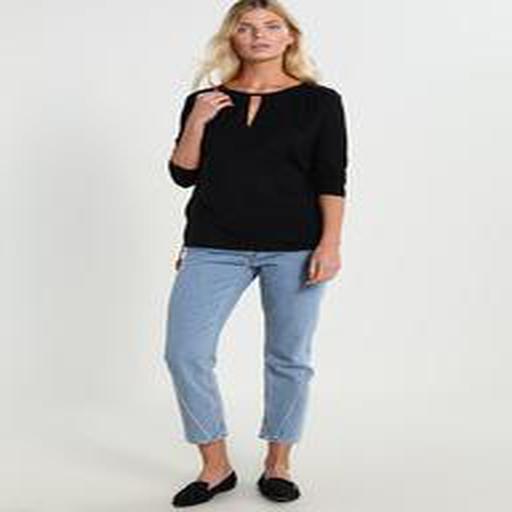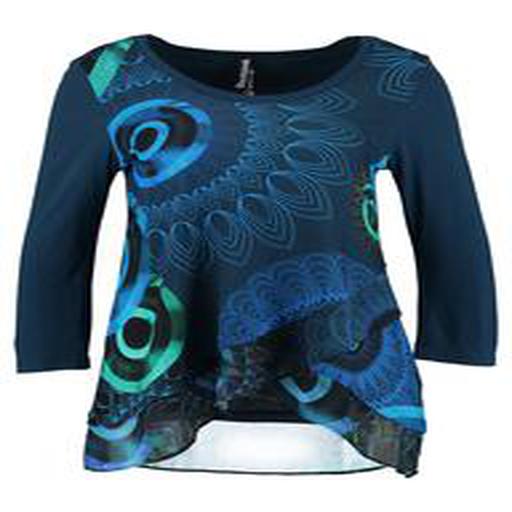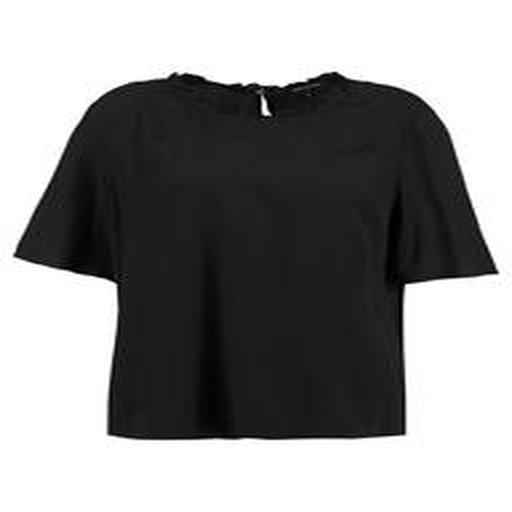license: creativeml-openrail-m
tags:
- text-to-image
- stable-diffusion
This VTO trained by Hideki Okamura with stable-diffusion/DreamBooth/feature extraction (EfficientNetB3 CNN model)/OpenPose for estimating person keypoints/
stable diffusion and vector embeddings concepts used to build a virtual try-on system that provides a realistic and visually appealing virtual try-on experience for users
Hardware and software Requirements : GPU A100 , High RAM , pytorch ,stable-diffusion-v1-5 , python 3.0 , U-Net Architecture , Dreambooth , OpenPose , EfficienNetB3 pre-trained CNN model
The VTO model is hosted on the Hugging Face Model Hub. (https://huggingface.co/ares1123/virtual-dress-try-on) This model leverages a combination of advanced deep learning techniques and architectures, including stable-diffusion, DreamBooth, feature extraction using the EfficientNetB3 CNN model, and OpenPose for estimating person keypoints. These techniques are harmoniously integrated to provide a realistic and visually appealing virtual try-on experience for users.
The VTO model is built on the principles of stable diffusion and vector embeddings, which are critical in creating a high-quality virtual try-on system. The model is trained using the DreamBooth model, which is a stable-diffusion model, and the feature extraction is performed using the EfficientNetB3 CNN model. OpenPose, a real-time multi-person system to jointly detect human body, hand, facial, and foot keypoints, is used for estimating person keypoints.
The model requires specific hardware and software for optimal performance. The hardware requirements include a GPU A100 and high RAM. The software requirements include PyTorch, stable-diffusion-v1-5, Python 3.0, U-Net Architecture, Dreambooth, OpenPose, and the EfficientNetB3 pre-trained CNN model.
The VTO model is a testament to the potential of deep learning in the fashion retail industry. It showcases how advanced machine learning techniques can be used to enhance the online shopping experience, making it more interactive and personalized. This model serves as a valuable resource for researchers and practitioners in the field, providing a practical example of a high-quality virtual try-on system.
The model also provides a foundation for future research and development in the field of virtual try-on systems. It highlights the potential of deep learning techniques in addressing the challenges associated with virtual try-on systems, such as the accuracy of virtual representations and the scalability of the system. By leveraging advanced deep learning techniques, the VTO model paves the way for the development of more sophisticated and effective virtual try-on systems in the future.
Sample pictures of this concept:


















































